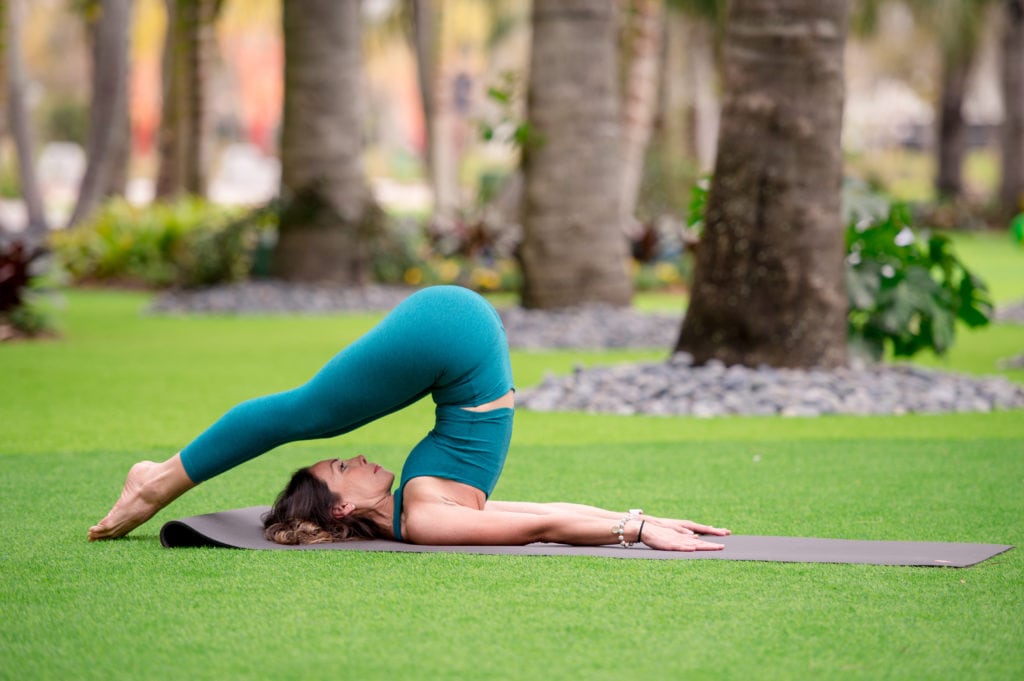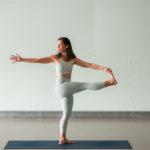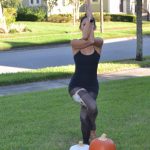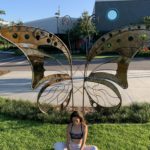Halasana
Your Monthly Yoga Pose
A stretch known to most is a seated forward fold, legs outstretched and hands holding the feet or reaching toward them. Plow pose, or halasana, is nearly the same posture, only with a different relationship to gravity. The legs are above the body, and the back is connected to the mat.

Plow pose has many benefits, and unlike supported shoulder stand, it is a pose recommended for those that tend to have high blood pressure. Performing plow before supported shoulder stand relieves the lightheadedness that you may feel. The pose massages the internal organs and provides the benefits of an inversion. It both stretches and uses your strength to attain the posture. In addition, it is an excellent stretch for the gluteus maximus. As your legs come over your head, your hips enter a deep hip flexion, creating space for the gluteus maximus. The whole back body receives the benefit of the legs overhead.
There are many variations with hand placement in halasana. The one pictured is with the hands released. Hands may also be clasped together or placed at the low back as they are in a supported shoulder stand. There is also a variation where the hands are holding the toes, similar to an upside-down seated forward fold. In this variation, it is important to have a strong yoga practice as the spine receives a significant amount of pressure. As with all new movements, please confirm with your healthcare professional that this pose is suited for you.
One of the most telling aspects of plow pose is the strength in your breath. Regardless of body mobility, plow pose condenses the organs, thus making it quite apparent how easy, or difficult, it is to breathe in the posture. Maintain a steady and even breath while practicing most yoga postures, and pay close attention to your breath while in plow.
As with a supported shoulder stand, you may use blankets to elevate the upper back and provide space for the head and neck below.
- Begin laying on the mat, bend the knees and use the hands to support the lower back.
- As the hips begin to lift over the shoulders, extend the legs, allowing the legs to move past the head.
- Release the hands from the lower back and clasp the hand or extend the arms, keeping the energy toward one another.
- Allow your gaze to be soft and pointed toward your nose or knees.
- Gently breathe, staying in the pose for one to five minutes.
- Use your abdominals to guide the feet away and land with the legs on the mat.
Namaste.


